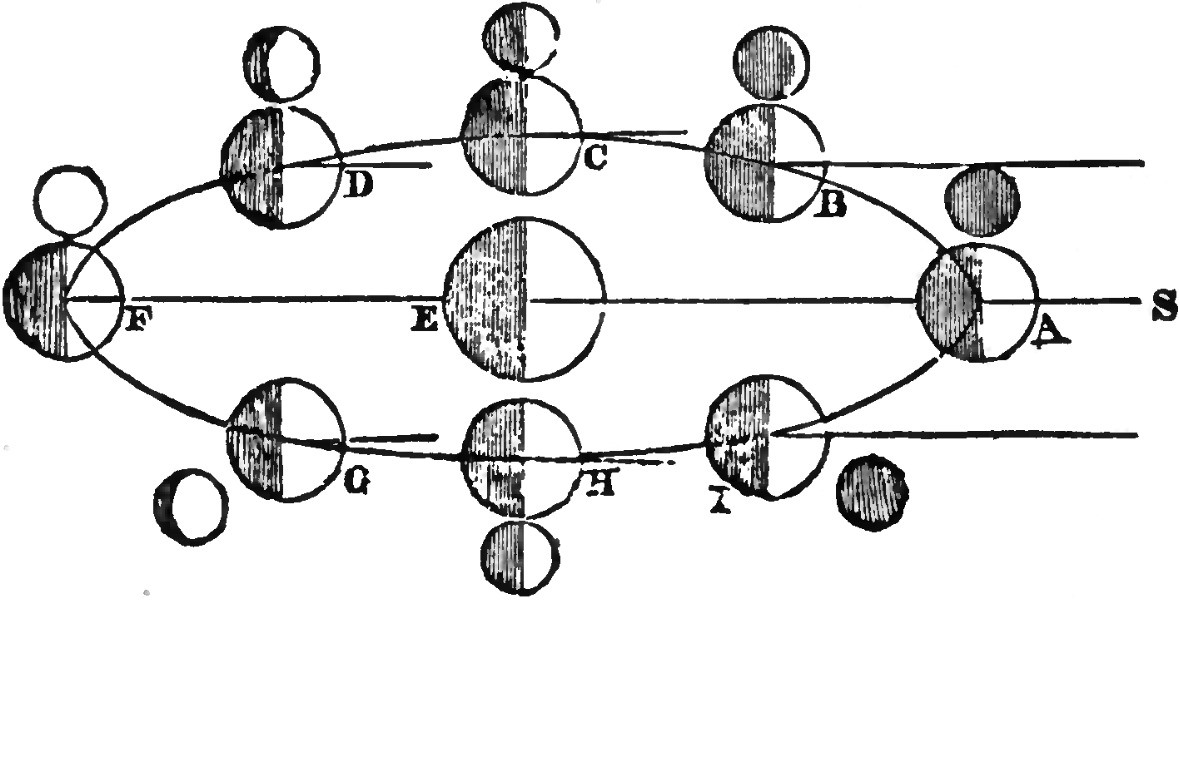<![CDATA[On the 25th August 1835 the New York Sun announced the discovery of life on the Moon. Over a series of six articles the Sun would detail the minute details of the Moon's inhabitant and their cities. The discoveries were attributed to a credible source, Sir John F.W. Herschel, one of the most respected astronomers of the time. These articles were not the result of a genuine error or erroneous theorising on astronomy and the universe, but a calculated process designed to deceive. They have come to be known as the Great Moon Hoax, referencing the amount of people who fell for the stories, but also the endeavour the hoax's creators went to in executing it. At the start of the article a list of breakthroughs in the field of astronomy are attributed to Herschel. These include the building of a revolutionary telescope in South Africa that was bigger than any seen before. With this telescope he had observed planets outside the solar system, and 'solved or corrected nearly every leading problem of mathematical astronomy.' It was then revealed he had discovered life on the moon. The only part of these claims that was true was the new telescope in South Africa, which Herschel had started in 1834, although its proportions and abilities were exaggerated. The story was sourced to Dr. John Grant, an assistant and amanuensis to Herschel. Grant never existed, and was created purely for the hoax. A key part of the its success seems to be Herschel's fame and his trip to work in South Africa. In a pre-internet world there would have been little disclosure about what he was really working on. Indeed, he was so isolated in South Africa that he had no idea about the hoax and the use of his name in relation to it. This sense of mystery and curiosity about his work was something the Sun played on to draw readers into its story. Over the six articles a fantastical world was depicted. Among the creatures illustrated were bison, goats, unicorns, two legged tailless beavers, and strange winged creatures that seemed to be somewhere between a bat and a human. The article made allusions to a mysterious civilisation. An abandoned temple of polished sapphire was described, with a roof made from an unknown yellow metal. Such descriptions seem completely absurd today, but in a world where astronomy was an elite science and little knowledge about something even as local as the Moon, anything could have seemed plausible. It is still unknown who was behind the creation of the hoax. Historians assume it was Richard Adams Locke, a Sun reporter educated at Cambridge University, although he never admitted to being involved. The newspaper itself was a 'penny-press' paper, something comparable to a modern day tabloid, with a lower price and narrative style in its reporting. Even though the reporter behind the hoax is unconfirmed, the reasons for it are pretty clear. Firstly, the sensational story created a boost in sales of the newspaper. There is a parallel with modern tabloids, where a sensational story is more important than the factual accuracy of the content - although the complete fabrication of a story on the scale of the Moon Hoax would probably have dire consequences for a modern newspaper. There was also a playful satire involved. The nineteenth century had seen a host of writers, such as the Reverend Thomas Dick, make serious speculations about extraterrestrial life, with very little actual evidence to support their claims. Ultimately the paper admitted to the hoax a few weeks after the stories stopped, but not before a group of Yale University scientists went to New York in search of more information on the Moon's inhabitants. The Great Moon Hoax tells us a great deal about our long fascination with extraterrestrials. It also reveals the long held power of the media in shaping our understanding. ]]>
The Great Moon Hoax and the Birth of Sensationalism
